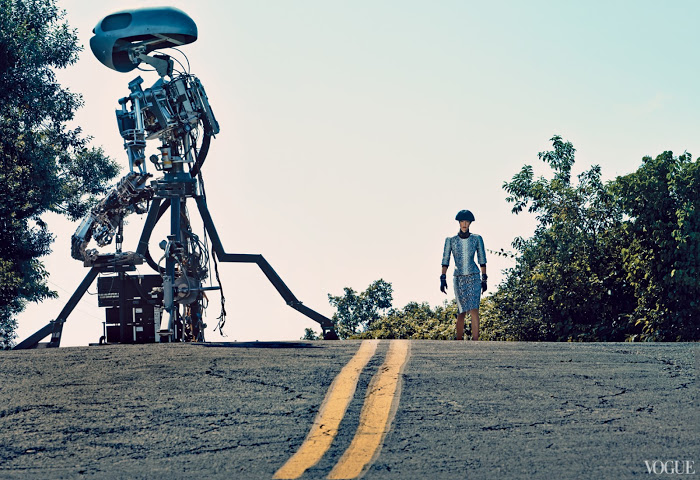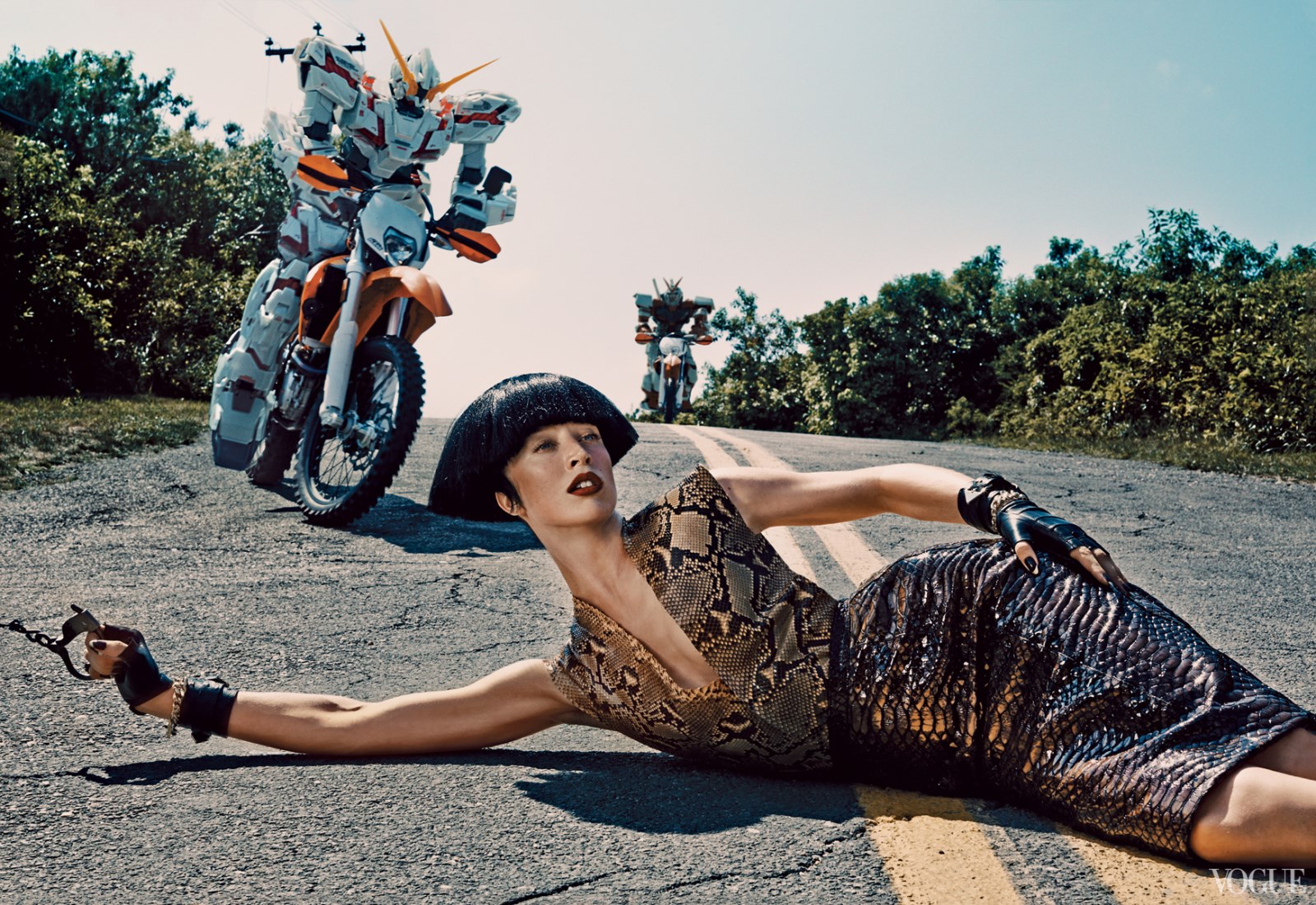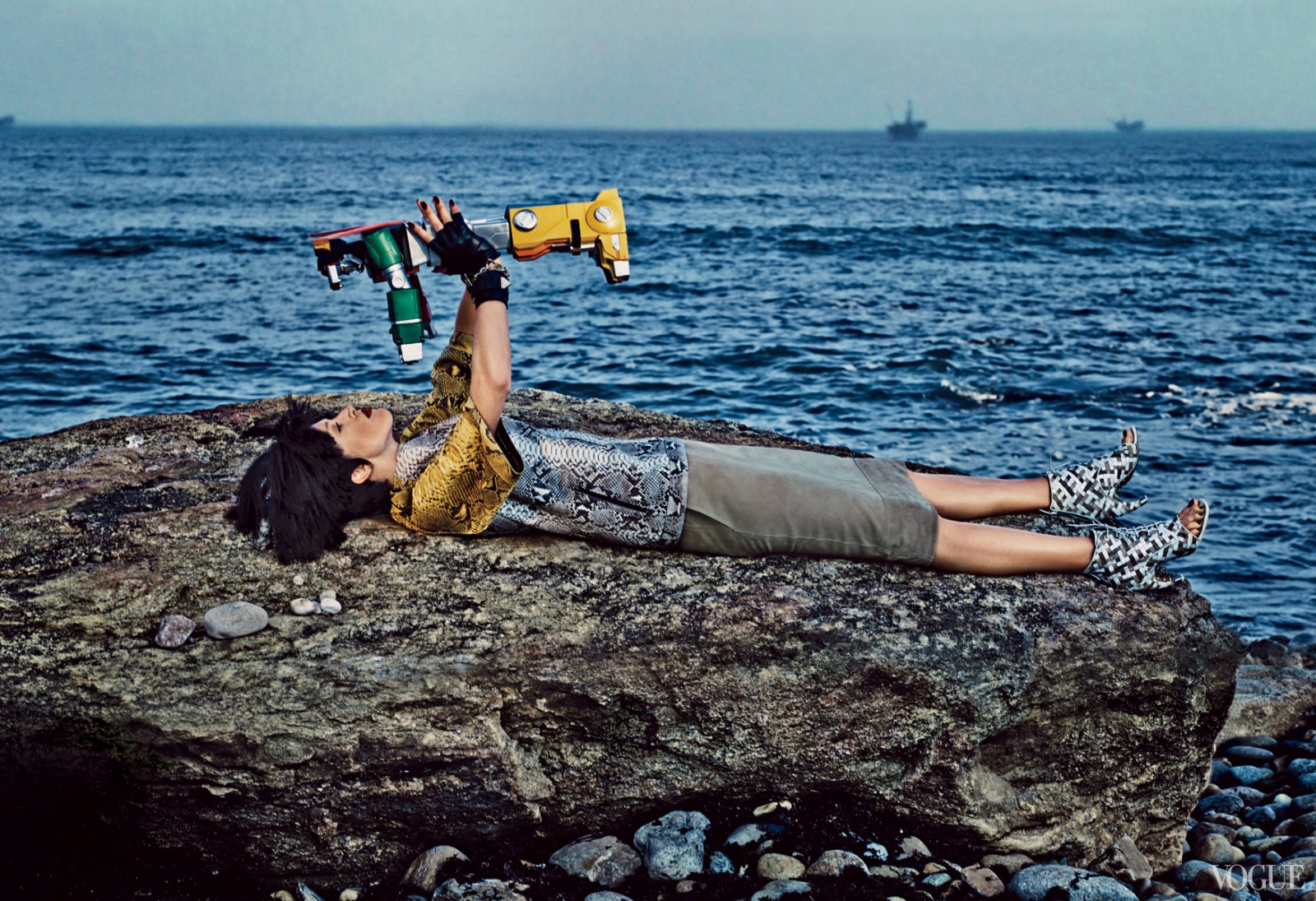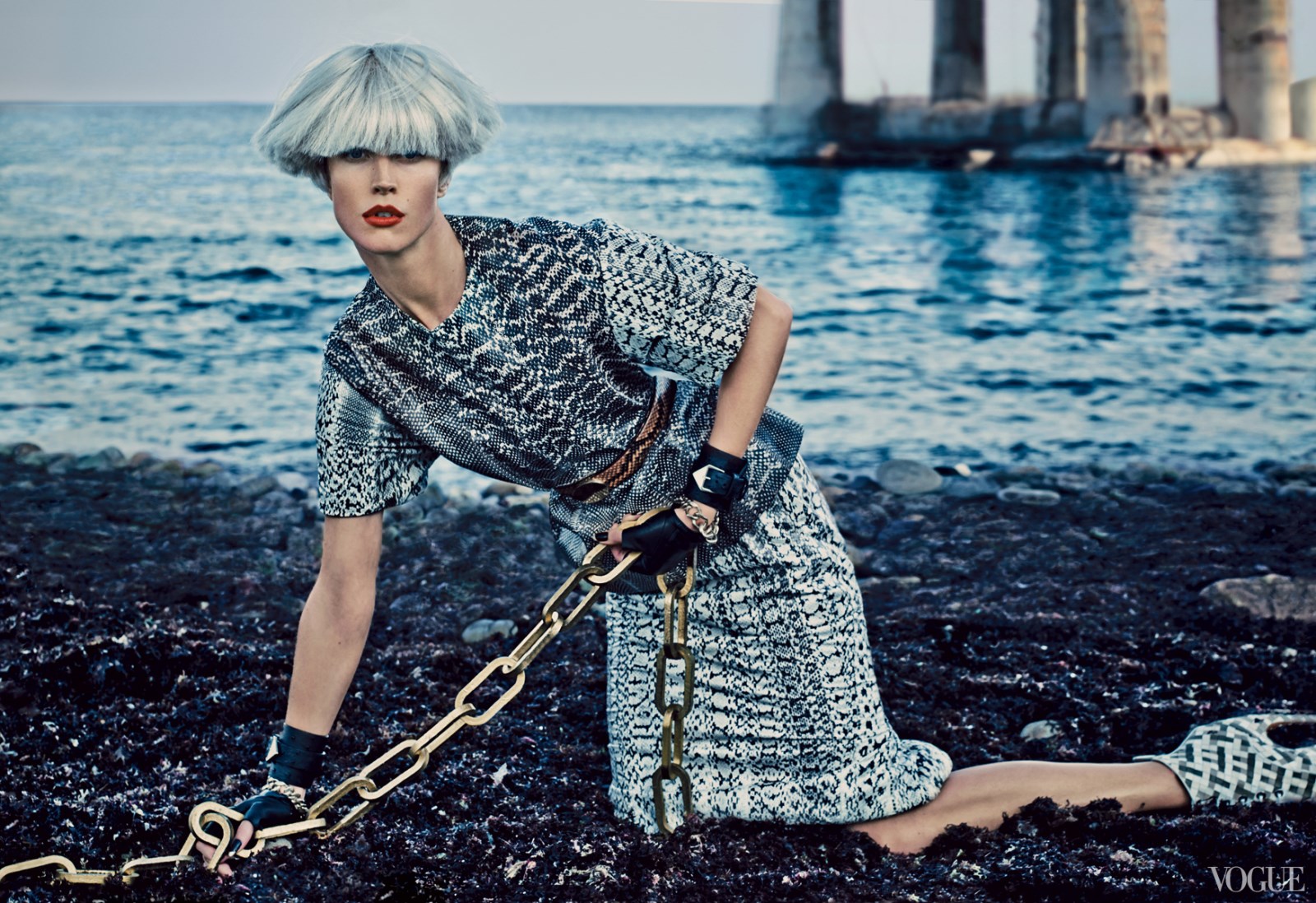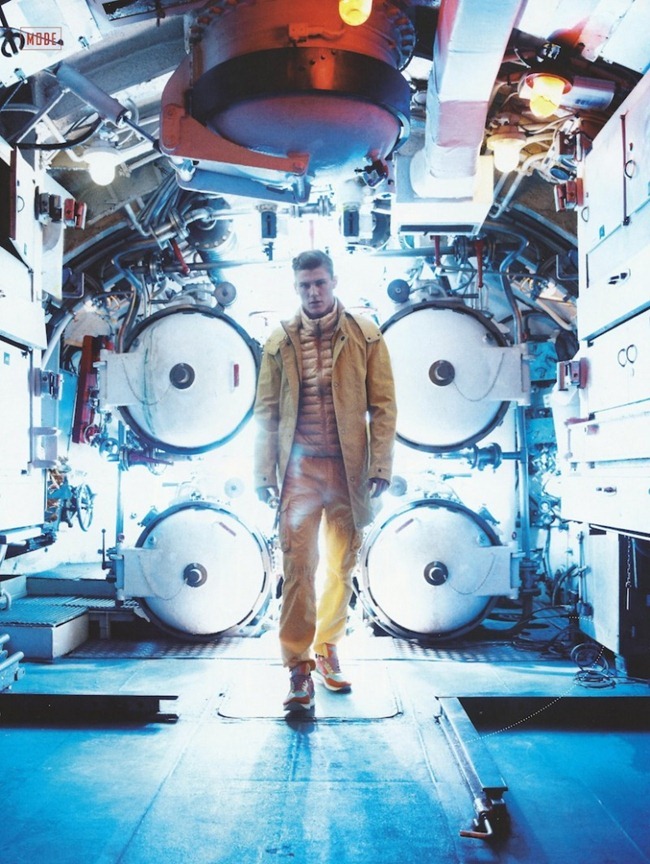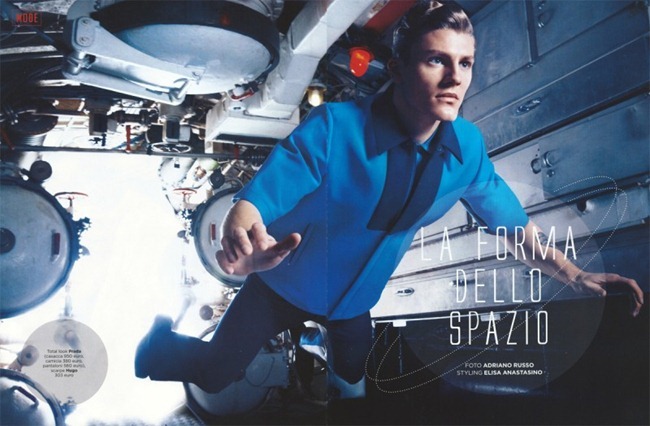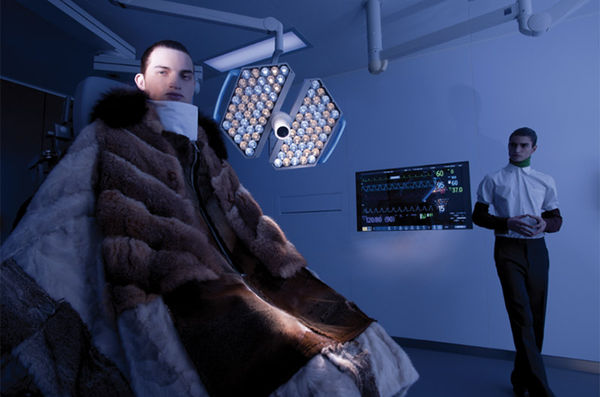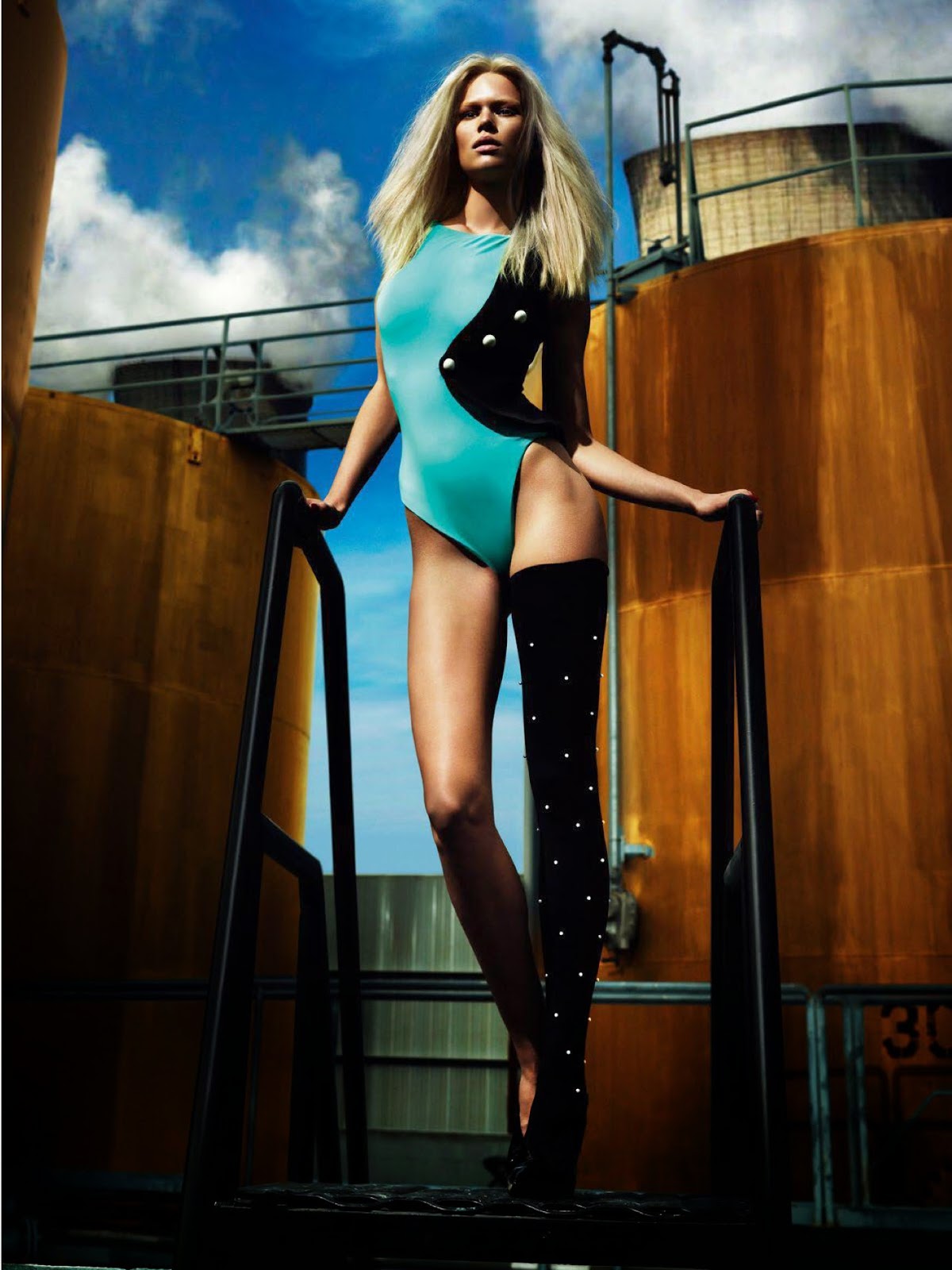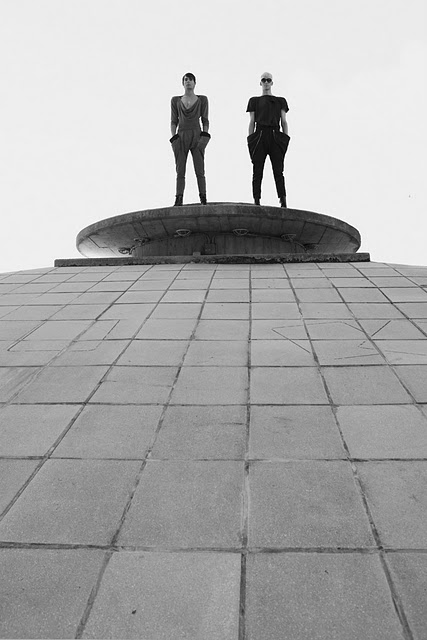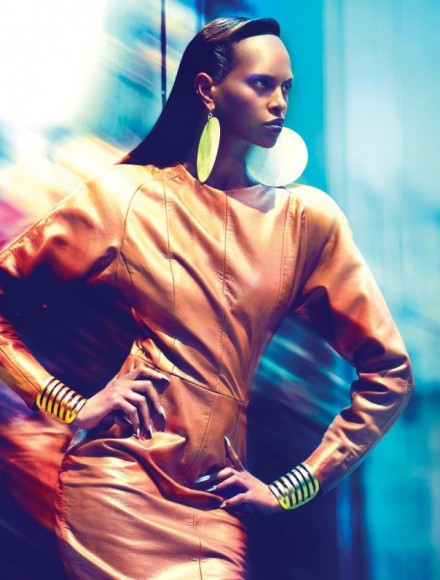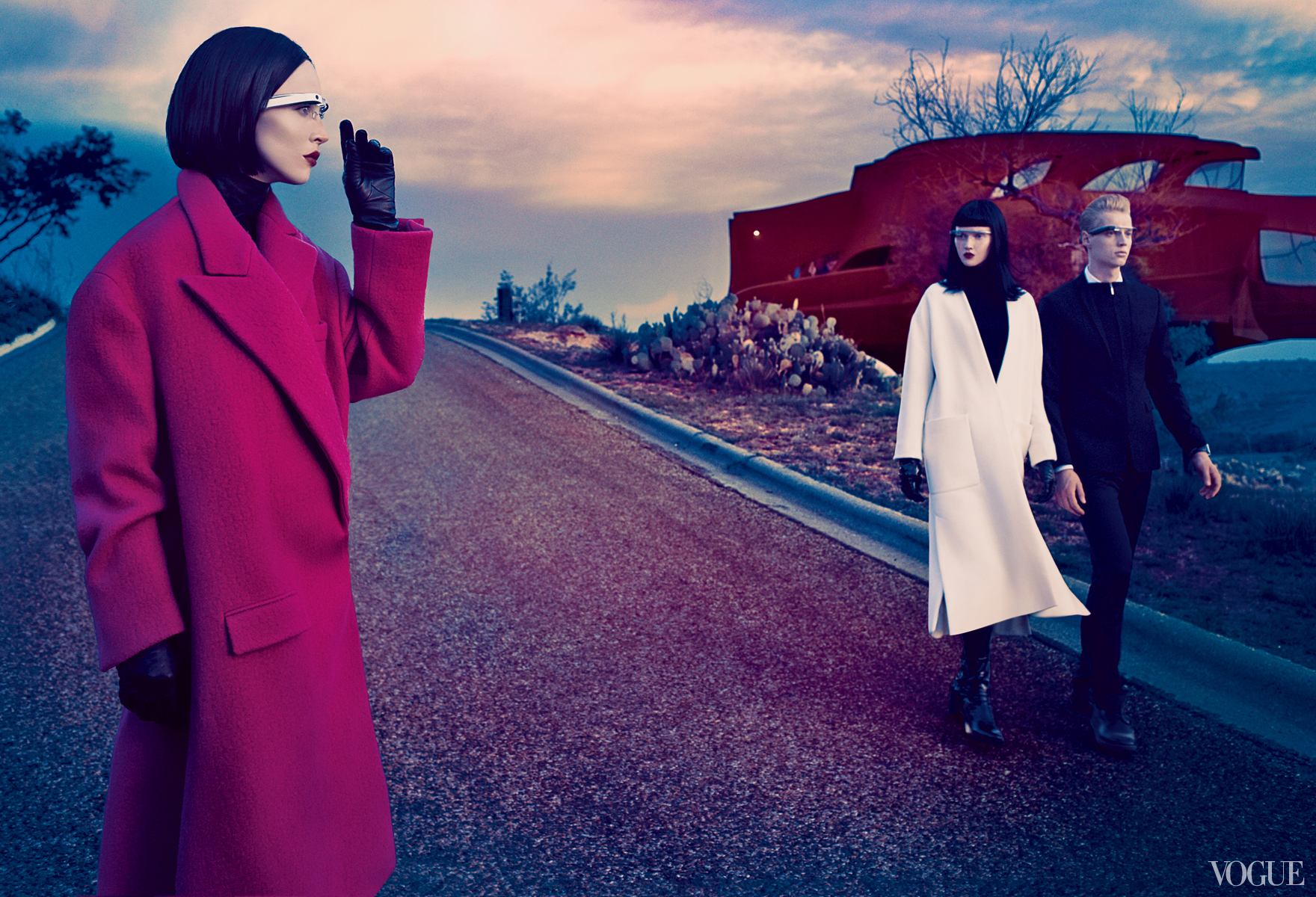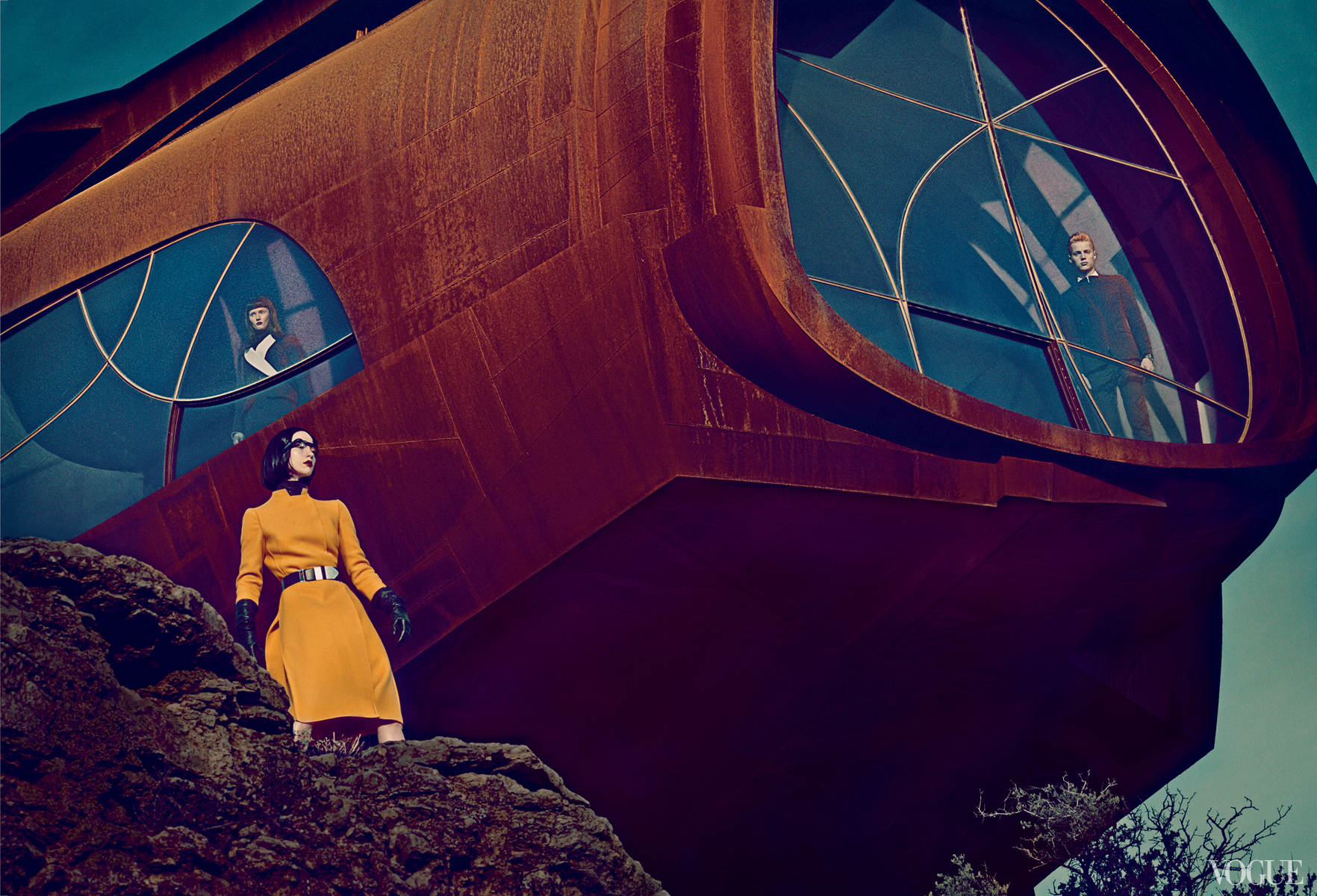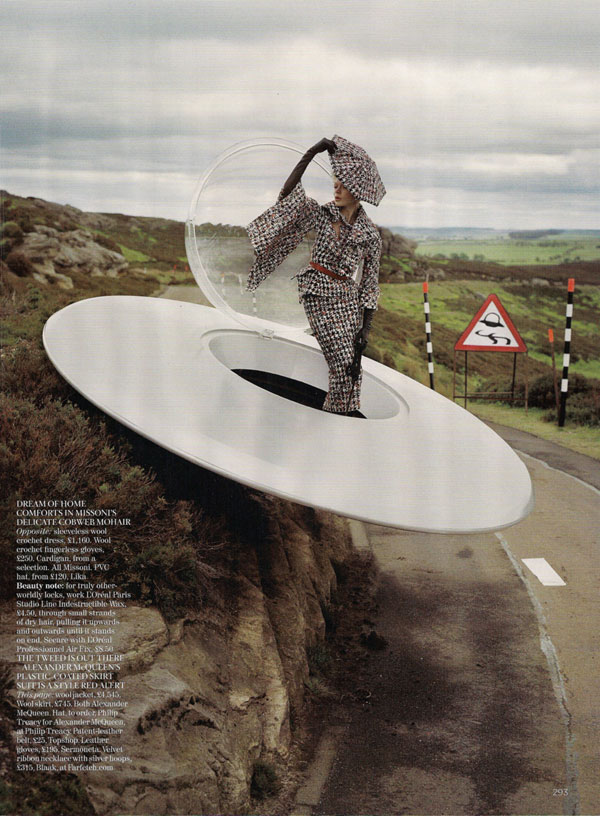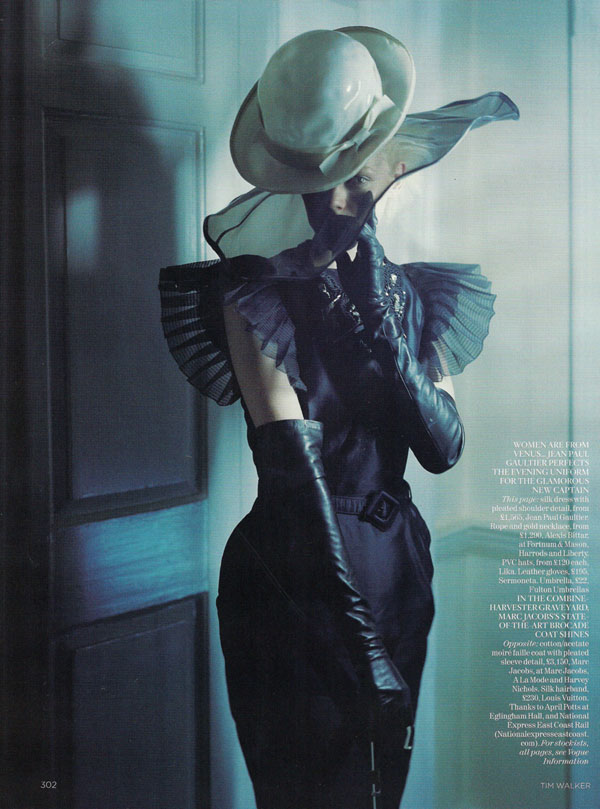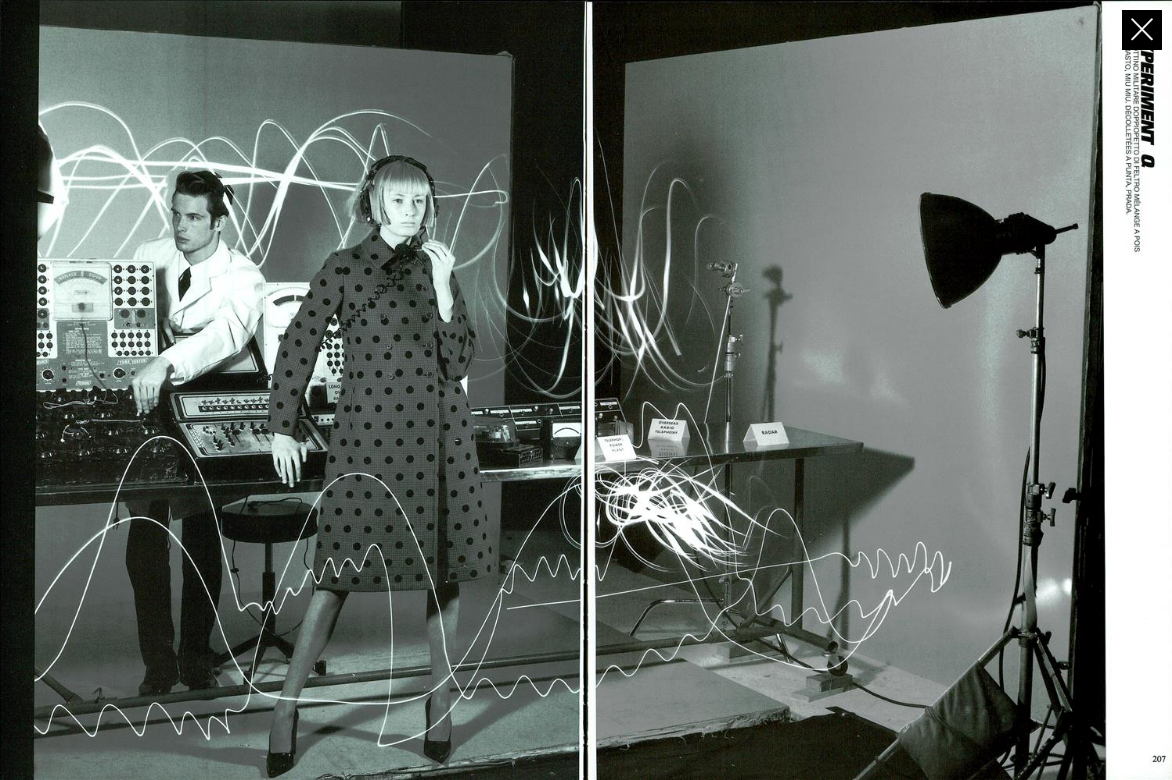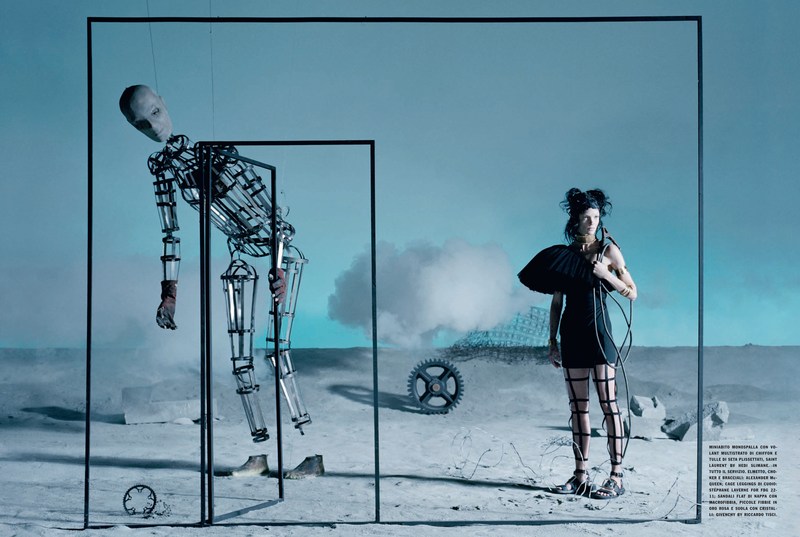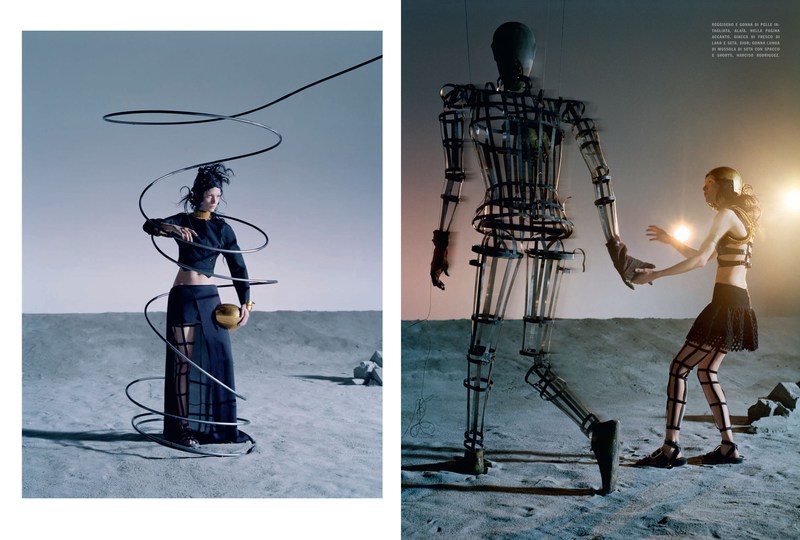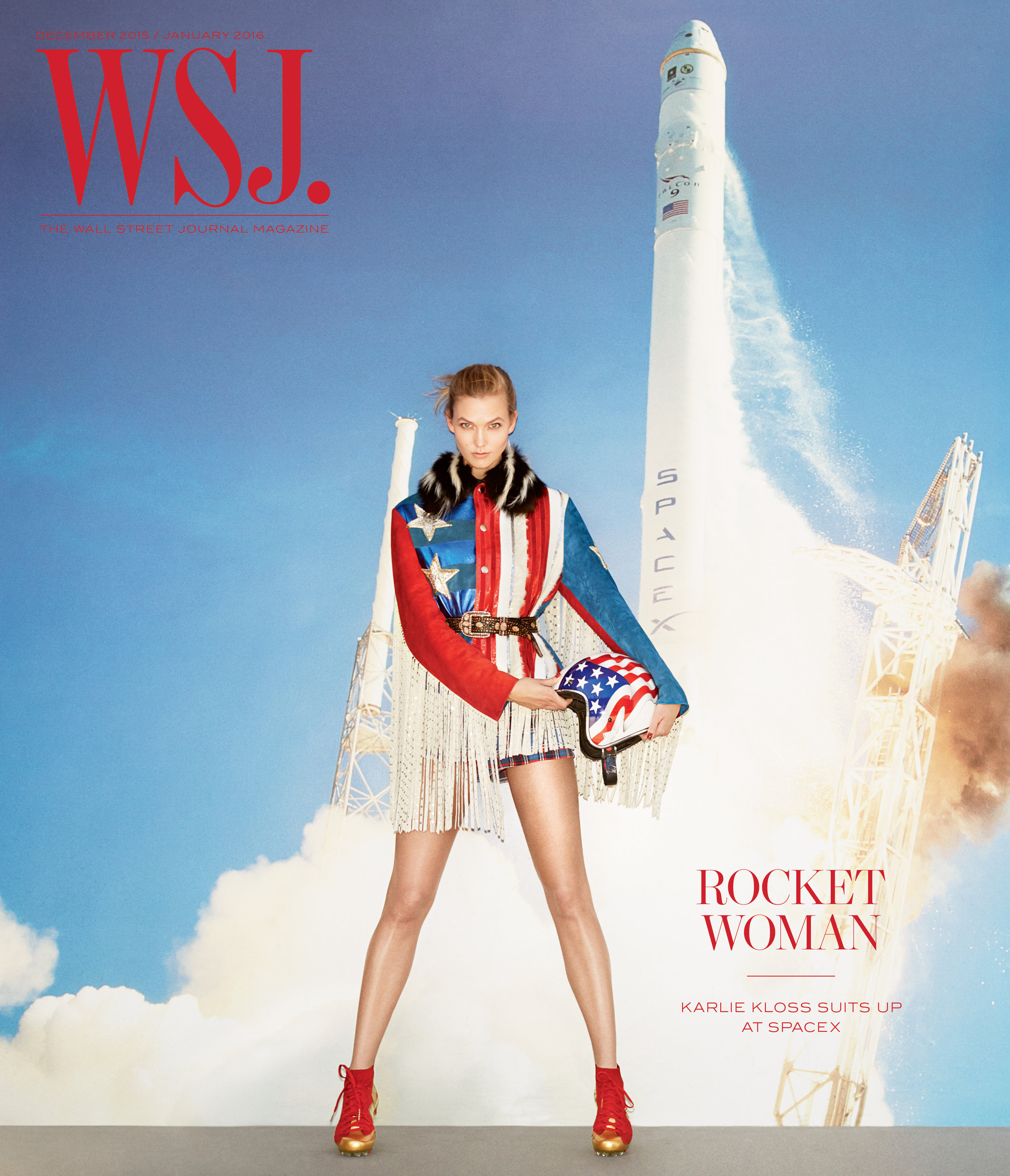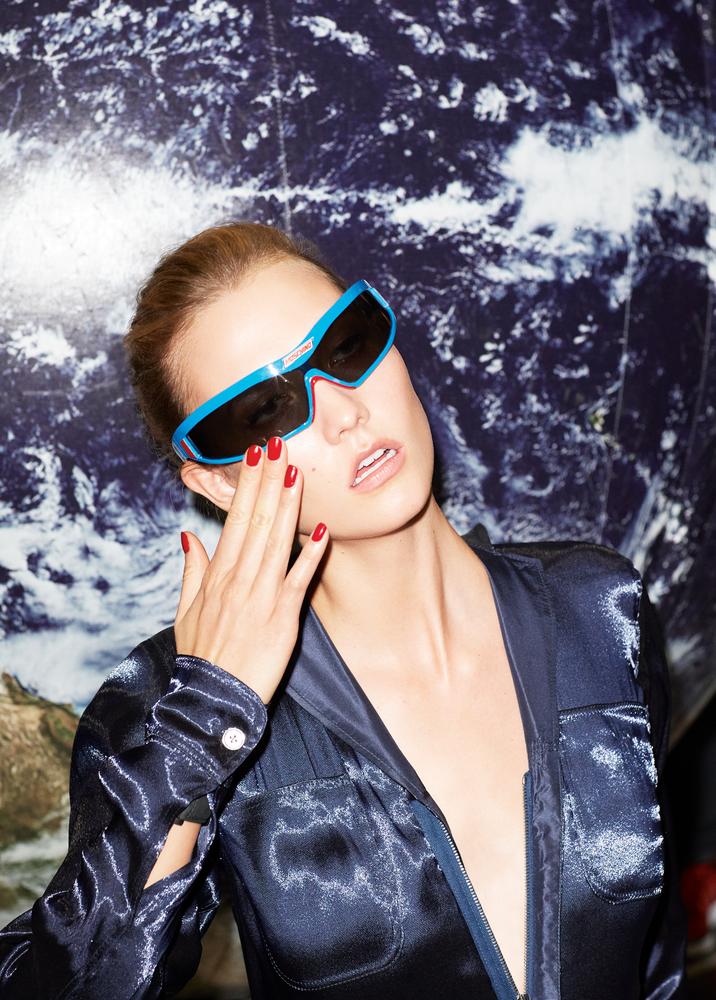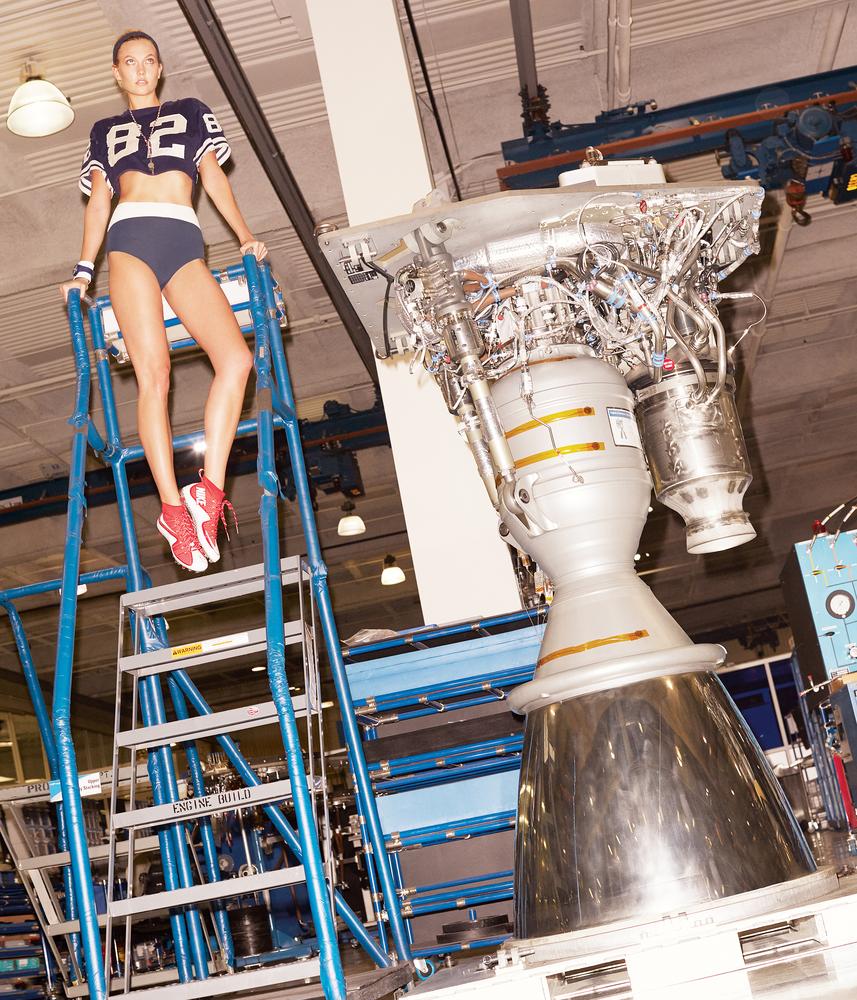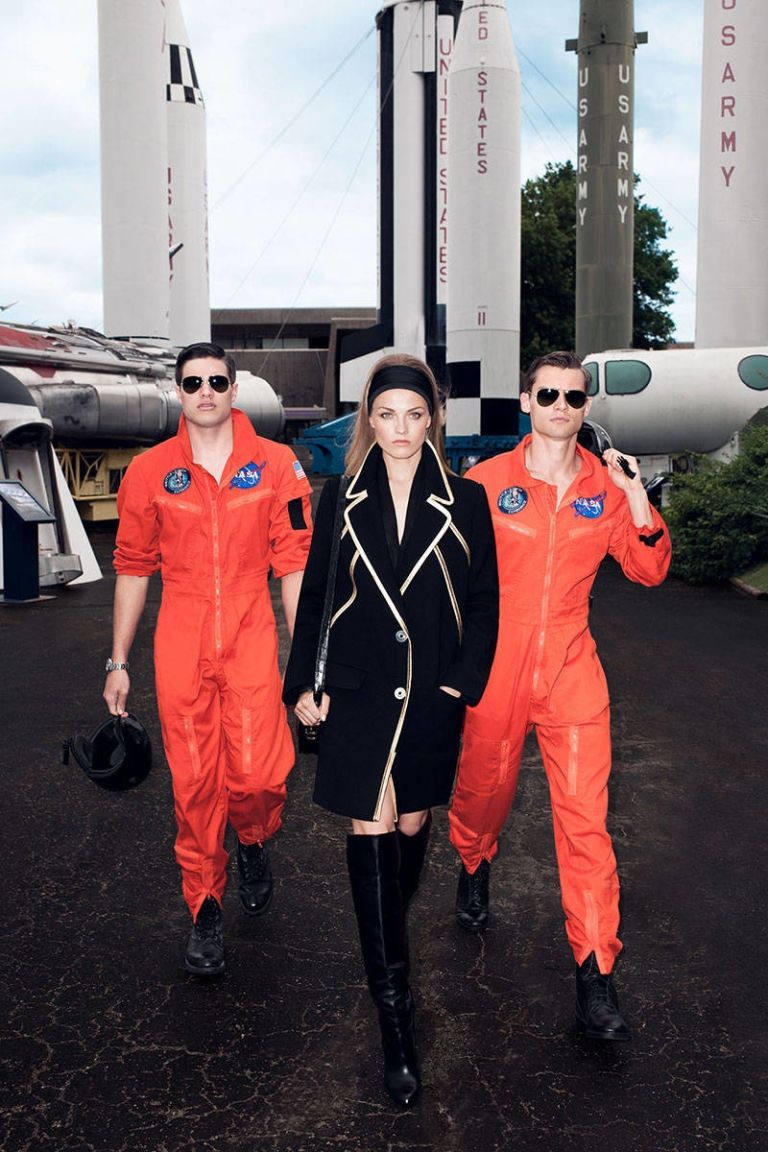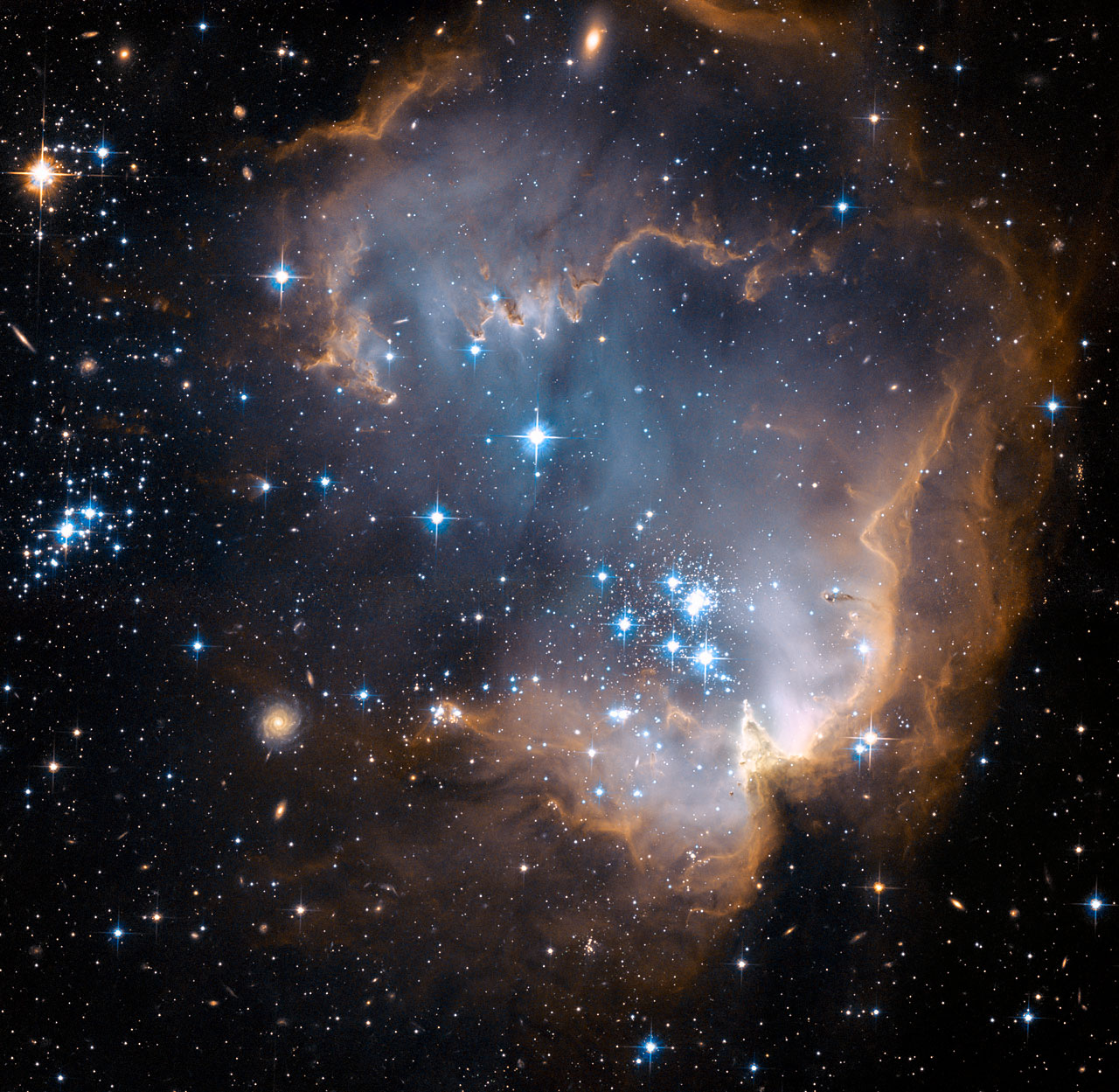50 years ago, the Outer Space Treaty was signed amidst intense international crisis, and intended as a foundation for all future activities in space. 50 years later, we are on the verge of the next great epoch in space exploration, and much of that depends on the interpretation of the Outer Space Treaty as it was written in 1967.
Accordingly, the US Senate has begun hearings on the future of the Outer Space Treaty, questioning its ability, as written, to govern the space industry of tomorrow. Similar conversations are happening within government bodies of other treaty members around the world. As Chairman of the Subcommittee on Space, Science and Competitiveness, Senator Ted Cruz seemed inspired by the realness of what was being discussed. The suppositions of the treaty, related to private industry, are no longer theoretical, but are now being tested in practice. Private businesses are actively operating in space, and how the government decides to regulate (or not) their activities, will have enormous implications on the future of space exploration and habitation.
“The United States is poised to lead an explosion in commercial space activity that will see American companies look to land on the surface of the moon, service satellites and mine asteroids that may contain platinum and other precious metals valued upwards of a trillion of dollars,” announced Senator Cruz during the hearings (Reopening the American Frontier: Exploring how the Outer Space Treaty will impact American commerce and settlement in Space) on May 23rd. Introducing the session on this proactive note did indicate that deference will lean towards the enabling of industry and protection of innovation.
Think of this moment like the early days of the internet. Without freedom to explore and develop business on the internet, so much of the groundbreaking innovation we take for granted every day would never have been possible. It is the same "light-touch" regulation that will enable us to maximize on the opportunity at this moment: desire and curiosity + technological and scientific capability + access to capital and investment.
Some of the areas covered by the treaty are outlined by the United Nations Office for Outer Space Affairs:
"Space law addresses a variety of matters, such as, for example, the preservation of the space and Earth environment, liability for damages caused by space objects, the settlement of disputes, the rescue of astronauts, the sharing of information about potential dangers in outer space, the use of space-related technologies, and international cooperation. A number of fundamental principles guide the conduct of space activities, including the notion of space as the province of all humankind, the freedom of exploration and use of outer space by all states without discrimination, and the principle of non-appropriation of outer space."
So what should the interpretation be today? A few key words emphasized by the members of two witness panels heard by the subcommittee on May 23 were:
CERTAINTY, TRANSPARENCY, EFFICIENCY, STABILITY & PREDICTABILITY.
Without the above, it will be increasingly difficult to do business. As it stands, the lack of consistency has made the barrier for entry unnecessarily high for new businesses with the potential to breach the space-scalable market.
This issue is of concern to the future of FAAR, because the organization relies on the potential for space-scalability throughout its prospective member industries. It appears that the global inclination is to let the treaty be regulated in its most light-touch interpretation. We hope that this will continue, and look forward to the opportunity to contribute in the ensuing era of momentous change.
Learn more about FAAR: Fashioning Aerospace for Advanced Realities






